Home>Articles>How Much Does A New Roof Save On Homeowners Insurance
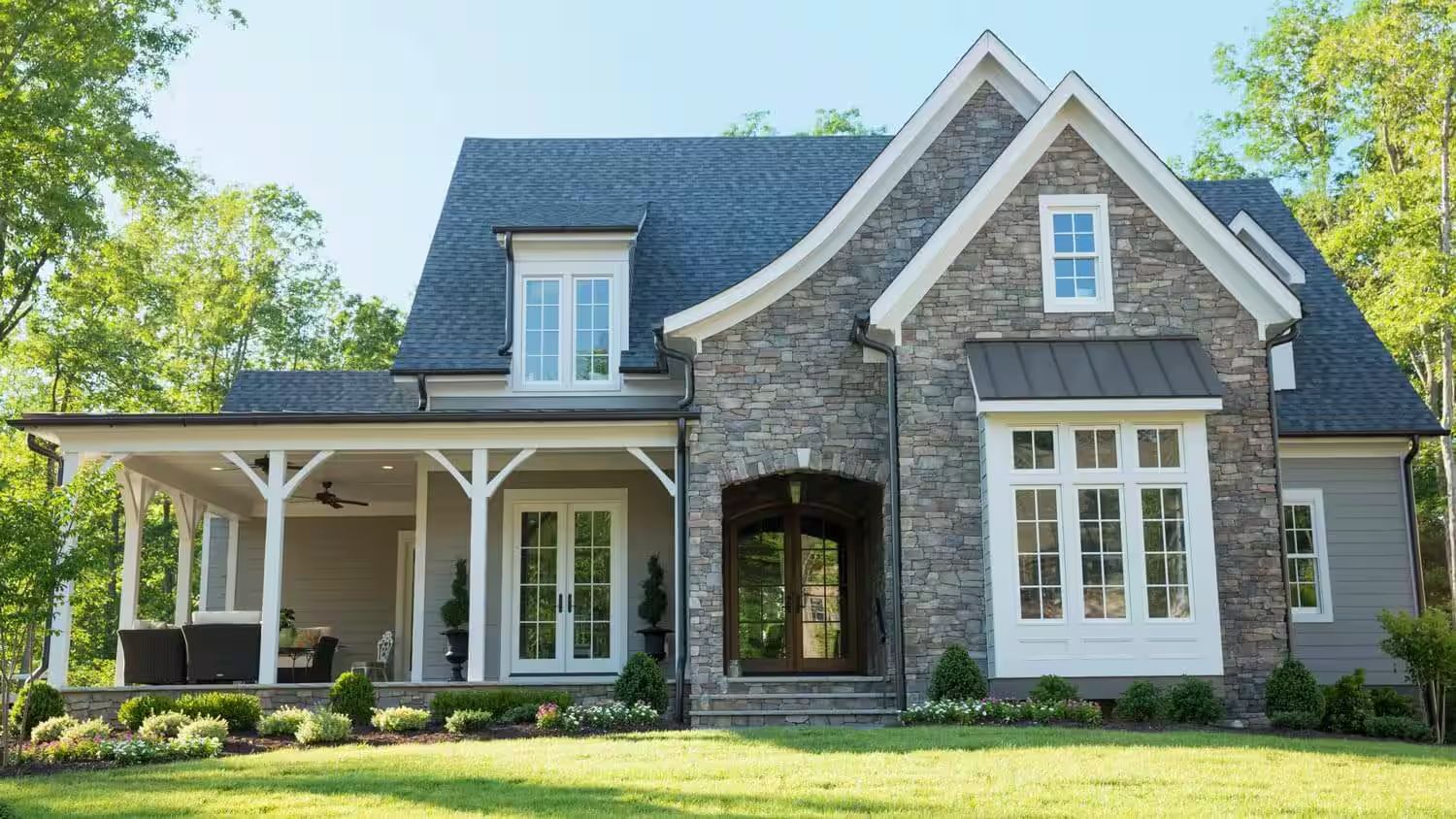

Articles
How Much Does A New Roof Save On Homeowners Insurance
Modified: December 7, 2023
Learn about the potential savings on homeowners insurance when you install a new roof. Read our informative articles on this topic.
(Many of the links in this article redirect to a specific reviewed product. Your purchase of these products through affiliate links helps to generate commission for Storables.com, at no extra cost. Learn more)
Introduction
Having a new roof installed on your home not only provides protection and enhances the aesthetic appeal, but it can also have a significant impact on your homeowners insurance. Many insurance companies take into consideration the age, condition, and materials of the roof when determining insurance premiums. By investing in a new roof, homeowners can potentially save money on their insurance premiums while enjoying the benefits of a secure, durable, and visually appealing roof.
In this article, we will explore the importance of a new roof and how it can save on homeowners insurance. We will delve into the factors that insurance companies consider when determining premiums and how a new roof can positively influence these factors. Furthermore, we will discuss how to maximize insurance savings when investing in a new roof.
So, if you’re a homeowner looking to both protect your investment and save on insurance costs, read on to discover the many advantages of a new roof and how it can affect your homeowners insurance.
Key Takeaways:
- Investing in a new roof not only protects your home but can also lead to significant savings on homeowners insurance by reducing the risk of damage and improving overall safety and security.
- Choosing durable roofing materials, maintaining your roof in good condition, and investing in regular inspections and maintenance can maximize insurance savings while enhancing the aesthetic appeal and value of your home.
Read more: How To Get A New Roof From Insurance
Importance of a New Roof
A new roof is not just a cosmetic upgrade for your home; it plays a crucial role in protecting your property from the elements. A sturdy and well-maintained roof shields your home from rain, wind, snow, and extreme temperatures. It also helps to prevent water damage, mold growth, and structural issues that can be costly to repair.
Aside from its functional benefits, a new roof can significantly enhance the curb appeal of your home. It can boost its overall value and make a strong impression on potential buyers if you ever decide to sell. A well-maintained roof also adds to the aesthetic appeal of your neighborhood and contributes to the overall visual harmony of the community.
But beyond the immediate advantages, a new roof can have a long-term impact on your homeowners insurance. Insurance companies assess the risks associated with insuring a property, and the condition of the roof is one of the factors they consider. A new roof indicates that your home is less likely to experience leaks, structural damage, or other issues that could lead to costly claims.
By investing in a new roof, you are demonstrating to insurance companies that you are taking proactive measures to maintain your property and minimize potential risks. This can result in lower insurance premiums and potentially save you a significant amount of money over time.
Furthermore, a new roof can also improve your home’s energy efficiency. Modern roofing materials, such as reflective shingles or energy-efficient coatings, can help regulate indoor temperatures and reduce the reliance on heating and cooling systems. This energy-saving aspect of a new roof can further contribute to cost savings in terms of utility bills.
Overall, the importance of a new roof cannot be overstated. It not only protects your home from the elements and increases its value but can also have a positive impact on your homeowners insurance. By investing in a new roof, homeowners can enjoy the peace of mind that comes with knowing their property is well-protected and potentially save on insurance premiums in the process.
Factors Affecting Homeowners Insurance
When determining the premiums for homeowners insurance, insurance companies take several factors into consideration. These factors help them assess the level of risk associated with insuring a particular property. While each insurance company may have its own specific criteria, there are some common factors that tend to influence insurance premiums across the board.
1. Location: The geographical location of your home plays a significant role in determining your insurance premiums. Homes located in areas prone to natural disasters such as hurricanes, earthquakes, or wildfires may have higher insurance costs due to the increased risk of damage or loss.
2. Construction: The construction of your home, including its age, materials used, and overall structural integrity, can affect your insurance premiums. Older homes, homes with outdated electrical or plumbing systems, or homes with flammable materials may be considered higher risk and result in higher insurance costs.
3. Home Value: The value of your home is another key factor. Typically, more expensive homes require higher insurance coverage, which leads to higher premiums. The replacement cost of your home, including factors like square footage, finishes, and features, is taken into account.
4. Personal Liability: Insurance companies also consider the potential liability risks associated with your property. Factors such as the presence of a swimming pool, trampoline, or aggressive dog breed can increase insurance costs due to the potential for accidents or injuries.
5. Claims History: Your claims history and the frequency of past insurance claims can influence your premiums. If you have a history of multiple claims or have filed claims for significant damage in the past, insurers may view you as a higher risk and charge higher premiums as a result.
6. Credit Score: In some states, insurance companies may consider your credit score when determining premiums. A higher credit score is often associated with responsible financial management, leading to potentially lower insurance costs.
It’s important to note that these factors may vary from one insurance company to another, and each company has its own weighting and criteria for assessing risk. Therefore, it’s a good idea to shop around and compare insurance quotes from different providers to find the best coverage at the most competitive rate.
Understanding these factors can help you navigate the homeowners insurance landscape and be better prepared when seeking coverage or making improvements to your property. Now that we’ve explored the factors that affect insurance premiums, let’s delve into how a new roof can impact your homeowners insurance.
How a New Roof Can Save on Homeowners Insurance
Investing in a new roof can result in significant savings on your homeowners insurance premiums. Insurance companies view a new roof as a reduced risk factor, as it provides enhanced protection against various hazards. Here are some ways a new roof can save you money on homeowners insurance:
1. Reduced Risk of Damage: A new roof is less likely to suffer from leaks, water damage, or structural issues compared to an older roof. This reduced risk of damage means a lower likelihood of filing an insurance claim, leading to potential discounts on insurance premiums.
2. Increased Weather Resistance: A new roof is more equipped to withstand severe weather conditions such as heavy rain, windstorms, or hailstorms. Insurance companies often offer discounts or lower premiums for homes with roofs made of materials specifically designed to withstand these weather events.
3. Lower Fire Risk: Certain roofing materials, such as metal or fire-resistant shingles, can significantly reduce the risk of fire damage. Insurance companies recognize this lower risk and may offer discounts to homeowners with roofs made from these materials.
4. Enhanced Security: A new roof with improved security features, such as impact-resistant materials or reinforced structures, can deter potential burglars or vandals. This increased security can lead to lower insurance premiums, as it reduces the likelihood of theft or property damage.
5. Energy Efficiency: Some modern roofing materials, such as reflective shingles or energy-efficient coatings, can improve the energy efficiency of your home. By reducing the need to rely heavily on heating and cooling systems, these roofs can help lower utility costs. Insurance companies may offer discounts for energy-efficient homes, including those with energy-saving roofs.
6. Discounts for Roof Upgrades: In some cases, insurance companies may offer specific discounts for roof upgrades or renovations. If you choose to use impact-resistant materials, install a new roof with improved wind resistance, or conduct regular maintenance, you may be eligible for additional savings on your insurance premiums.
It’s important to note that the potential savings and discounts will vary depending on the insurance provider and the specific details of your policy. To maximize your savings, it’s advisable to contact your insurance company directly and discuss the details of your new roof installation or upgrades. They can provide you with accurate information on any available discounts or changes to your premiums.
By investing in a new roof, you not only protect your home and increase its value but also have the opportunity to save money on homeowners insurance in the long run. Consider consulting with roofing professionals and exploring different roofing materials and designs that align with your insurance needs and budget.
When getting a new roof, consider impact-resistant materials to potentially qualify for a discount on your homeowners insurance. Check with your insurance provider for specific requirements.
The Impact of Roof Materials
The choice of roof materials can have a substantial influence on your homeowners insurance premiums. Insurance companies assess the risk associated with different roofing materials and may offer varying coverage and pricing options based on their durability, fire resistance, and weather resilience. Here’s a look at how different roof materials can impact your insurance costs:
1. Asphalt Shingles: Asphalt shingles are the most common and cost-effective roofing material. They are relatively easy to install, offer a range of styles and colors, and provide decent fire resistance. Insurance companies typically view asphalt shingles favorably, resulting in lower insurance premiums compared to other roofing materials.
2. Metal Roofing: Metal roofs have gained popularity due to their durability, energy efficiency, and fire resistance. Metal roofs are highly resistant to weather elements, such as hail or wind, which can lead to reduced insurance premiums. However, it’s essential to check with your insurance provider as some companies may charge higher premiums due to the potential for denting or damage during severe weather events.
3. Tile Roofing: Tile roofing, such as clay or concrete tiles, is known for its longevity and aesthetics. While tile roofs offer excellent durability and fire resistance, they can be more expensive to repair or replace in the event of damage. As a result, insurance premiums for homes with tile roofs may be higher than those with other roofing materials.
4. Wood Shakes or Shingles: Wood shakes or shingles provide a traditional and unique look to a home. However, wood roofs are more susceptible to fire damage and require regular maintenance. Insurance companies may charge higher premiums for homes with wood roofs due to their increased risk of fire.
5. Slate Roofing: Slate roofs are known for their exceptional durability and longevity. They are fireproof and highly resistant to damage from weather conditions. Insurance providers often consider slate roofs as low-risk and may offer lower premiums for homes with this roofing material.
6. Synthetic Roofing: Synthetic roofing materials, such as synthetic slate or rubber, mimic the appearance of natural materials but offer better durability and lower maintenance requirements. Insurance companies typically view synthetic roofing favorably due to its resistance to weather damage, resulting in potential insurance savings.
When considering a new roof or a roof replacement, it’s important to consult with your insurance provider. They can provide detailed information about the specific impact on your premiums based on the materials you choose. Additionally, make sure to inquire about any potential discounts or incentives for using certain roofing materials that offer increased durability, fire resistance, or weather resilience.
Overall, the choice of roof materials can significantly impact your homeowners insurance premiums. By understanding how different roofing materials are perceived by insurance companies, you can make informed decisions that align with both your aesthetic preferences and insurance budget.
Read more: How Much Does A New Roof Cost In Florida
The Influence of Roof Age and Condition
The age and condition of your roof are critical factors that insurance companies consider when assessing homeowners insurance premiums. Insurance providers are concerned with the likelihood of a roof developing issues or incurring expensive repairs in the near future. Here’s how roof age and condition can influence your insurance costs:
1. Roof Age: The age of your roof is a significant consideration for insurance companies. As a roof ages, it becomes more susceptible to wear and tear, which increases the risk of damage and potential insurance claims. Insurance companies may categorize roofs into different age groups, such as new (0-5 years old), middle-aged (6-15 years old), or old (16+ years old). Generally, newer roofs are seen as less risky, and homeowners with new roofs may enjoy lower insurance premiums.
2. Roof Condition: The condition of your roof is equally important as its age. Even if your roof is relatively new, if it shows signs of deterioration, such as missing shingles, leaks, or sagging, insurance companies may regard it as a higher risk. Regular roof maintenance, such as inspections and repairs, can help ensure that your roof remains in good condition and decreases the likelihood of insurance claims.
3. Roof Inspection: In some cases, insurance companies may require a roof inspection before providing coverage or renewing a policy. This inspection helps determine the condition of the roof and identifies any potential issues that may pose a risk or impact coverage. If your roof passes the inspection and is deemed to be in good condition, this can positively influence your insurance premiums.
4. Discounts for Renovations: If you recently replaced your roof or made significant renovations to it, insurance companies may offer discounts on your premiums. By showing that you have invested in maintaining or improving your roof, you demonstrate a commitment to reducing the risk of damage and potential insurance claims.
It’s important to note that each insurance company has its own guidelines and considerations when assessing roof age and condition. Some companies may offer more flexibility or discounts for older roofs that are well-maintained, while others may have stricter criteria. To determine how your roof’s age and condition impact your insurance premiums, it’s best to consult with your insurance provider. They can provide specific information based on their underwriting guidelines and policies.
Remember, proactive roof maintenance, regular inspections, and timely repairs can help extend the lifespan of your roof and reduce the likelihood of insurance claims. By taking care of your roof and addressing any issues promptly, you can potentially enjoy lower insurance premiums and greater peace of mind knowing that your home is adequately protected.
How to Maximize Insurance Savings with a New Roof
Investing in a new roof not only protects your home and enhances its aesthetic appeal but can also lead to significant savings on homeowners insurance. To maximize insurance savings with a new roof, consider the following tips:
1. Research Insurance Discounts: Start by researching insurance providers that offer specific discounts for having a new roof. Some companies may have policies in place that provide discounts for certain roof materials or certifications. By shopping around and comparing quotes, you can find insurance providers that offer the most competitive rates and savings opportunities for your new roof.
2. Choose Roofing Materials Wisely: Selecting the right roofing materials can impact both the durability of your roof and potential insurance savings. Opt for materials that are known for their durability, resistance to weather elements, and fire resistance. Some insurance companies may offer discounts for roofs made from specific materials, so be sure to check with your insurance provider to see if there are any preferred or approved materials.
3. Install Safety Features: Consider adding safety features to your new roof that can lower your insurance premiums. For example, impact-resistant materials or reinforced structures can provide better protection against hail or wind damage, leading to potential insurance discounts. Additionally, installing security features, such as alarms or surveillance systems, can deter burglars and may result in lower insurance premiums.
4. Maintain Regular Roof Inspections: Keep up with regular roof inspections and maintenance to ensure the longevity and good condition of your new roof. Insurance companies often take into account the maintenance and upkeep of your roof when determining premiums. By demonstrating that you take proactive measures to maintain your roof, you can potentially qualify for additional insurance discounts.
5. Consider Energy-Efficient Roofing: Energy-efficient roofing materials, such as reflective shingles or coatings, can help regulate indoor temperatures and reduce energy consumption. Many insurance companies offer discounts or incentives for energy-efficient homes. By choosing energy-efficient roofing materials, you not only save on utility bills but may also benefit from lower insurance premiums.
6. Bundle Insurance Policies: If you have multiple insurance policies, such as homeowners, auto, or umbrella coverage, consider bundling them with the same insurance provider. Insurance companies often offer multi-policy discounts, which can result in substantial savings. Inquire with your insurance provider about the potential for bundling policies and the associated discounts.
7. Maintain a Good Claims History: A good claims history, with minimal or no past claims, can contribute to lower insurance premiums. By avoiding frequent claims or making smaller claims, you demonstrate to insurance providers that you are a lower-risk homeowner. This can lead to better rates and savings on your insurance premiums.
When it comes to maximizing insurance savings with a new roof, it’s crucial to communicate with your insurance provider. They can provide specific information about available discounts, preferred roofing materials, and any other factors that could potentially impact your premiums. By combining these tips with a proactive approach to roof maintenance and regular communication with your insurance provider, you can achieve optimal savings and peace of mind knowing that your new roof is well-protected.
Conclusion
Investing in a new roof for your home not only provides protection and enhances the aesthetic appeal but can also have a positive impact on your homeowners insurance. By understanding the factors that insurance companies consider when determining premiums, you can make informed decisions about your roof and potentially save on insurance costs.
A new roof reduces the risk of damage and improves the overall safety and security of your home. Insurance providers recognize the value of a new roof in mitigating potential risks and may offer discounts or lower premiums as a result. Roof materials, age, condition, and maintenance all play a role in determining insurance costs. By choosing durable roofing materials, maintaining your roof in good condition, and investing in regular inspections and maintenance, you can maximize insurance savings.
Additionally, consider the energy efficiency of your new roof, as it can contribute to both cost savings and potential insurance discounts. Energy-efficient roofing materials help regulate indoor temperatures, reduce utility bills, and are often favored by insurance companies.
When embarking on a new roof installation or replacement, it is essential to communicate with your insurance provider. They can offer guidance on preferred roofing materials, discounts, and any specific requirements or certifications that can further reduce your insurance premiums.
Remember, each insurance provider has its own criteria and guidelines for determining premiums. It is worth shopping around and comparing quotes from multiple insurance companies to find the best coverage at the most competitive rates.
By investing in a new roof, you are not only protecting your home and increasing its value but also potentially saving on homeowners insurance over the long run. Take the time to research and understand the factors that impact insurance premiums, choose suitable roofing materials, and maintain your roof to ensure the best possible insurance savings.
Ultimately, a new roof provides both tangible and intangible benefits. It offers peace of mind, improves the aesthetics of your home, and can result in significant savings on homeowners insurance. So, if you’re considering a new roof, take advantage of the opportunities it presents for insurance savings while safeguarding your home for years to come.
Frequently Asked Questions about How Much Does A New Roof Save On Homeowners Insurance
Was this page helpful?
At Storables.com, we guarantee accurate and reliable information. Our content, validated by Expert Board Contributors, is crafted following stringent Editorial Policies. We're committed to providing you with well-researched, expert-backed insights for all your informational needs.
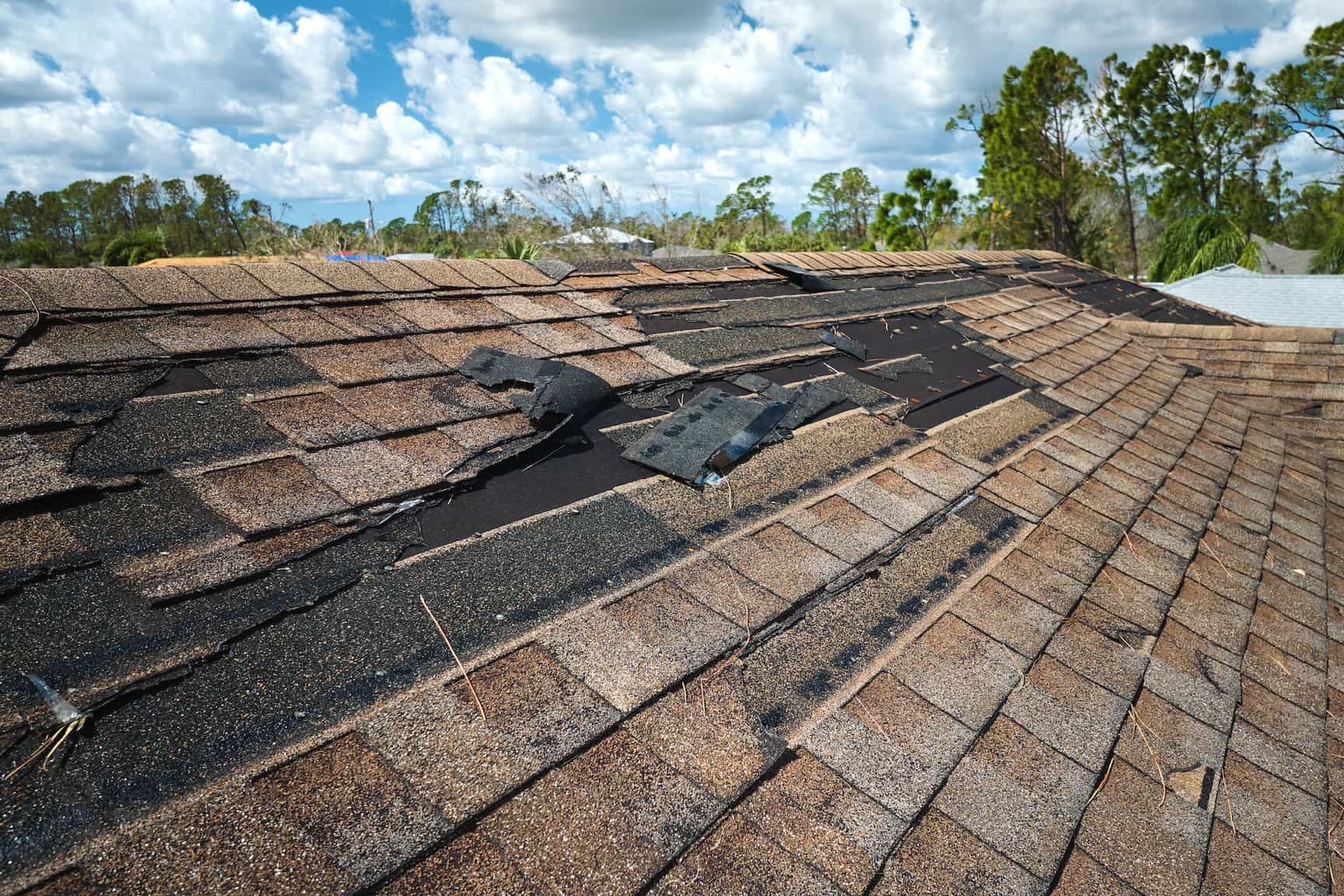

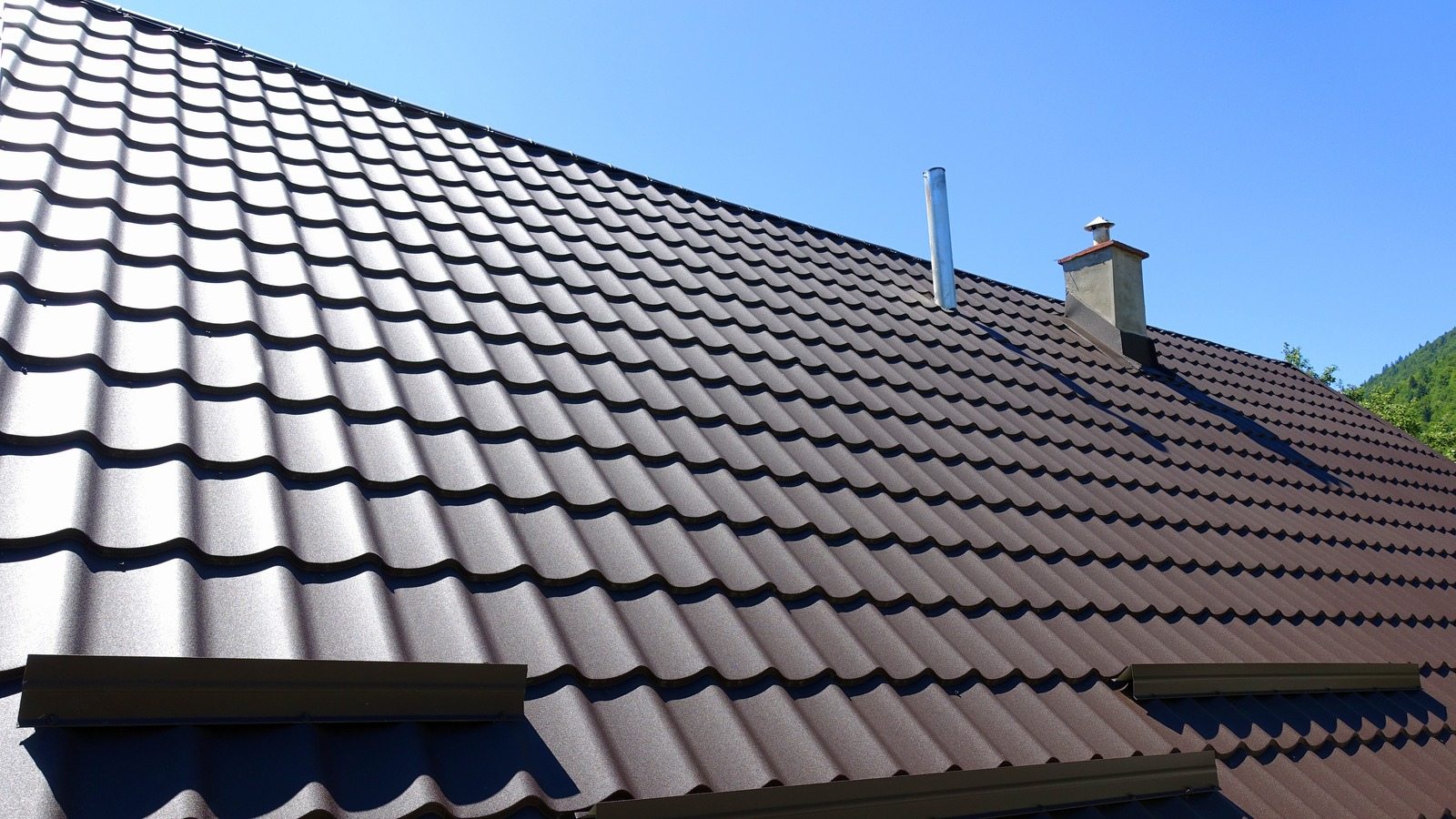


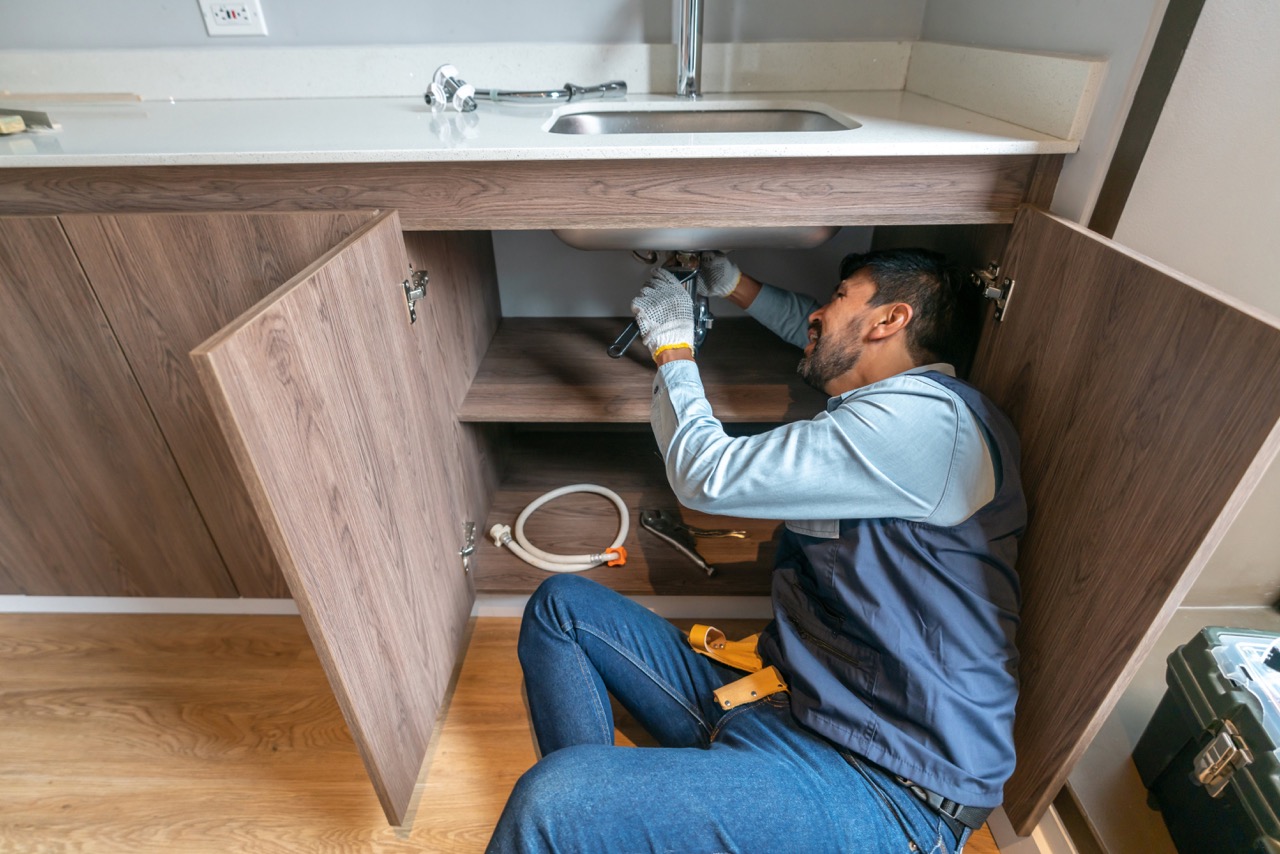

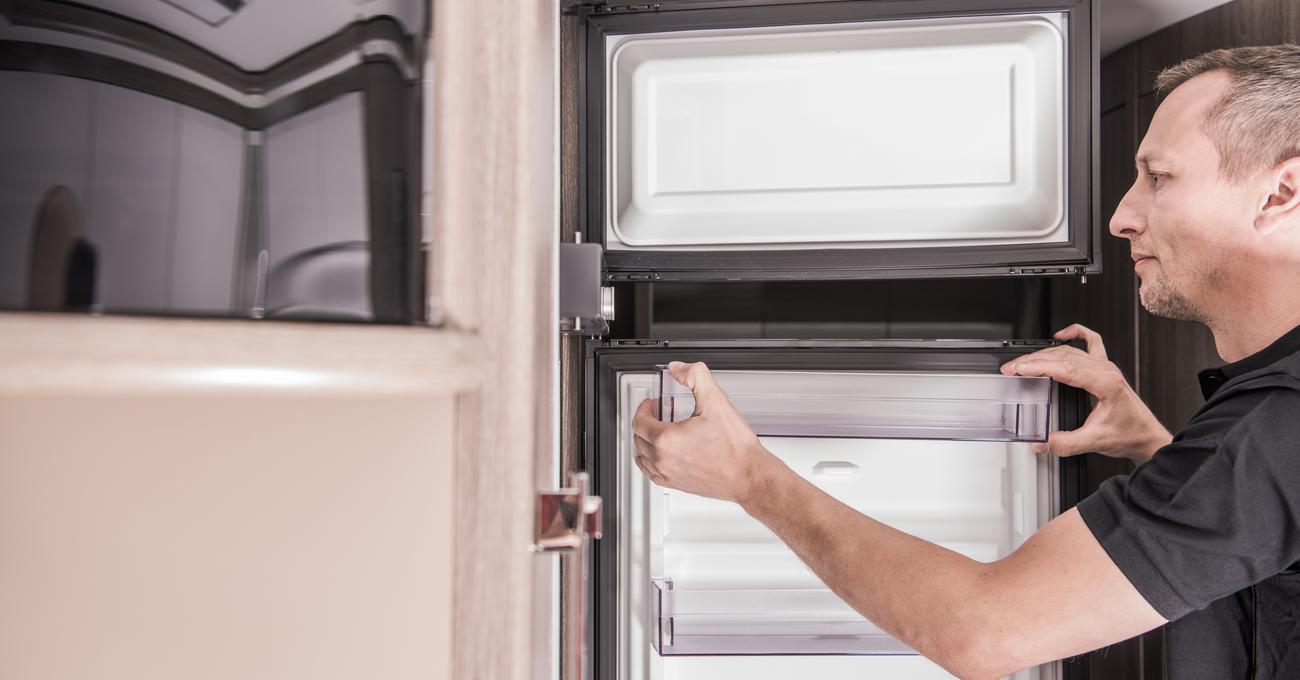

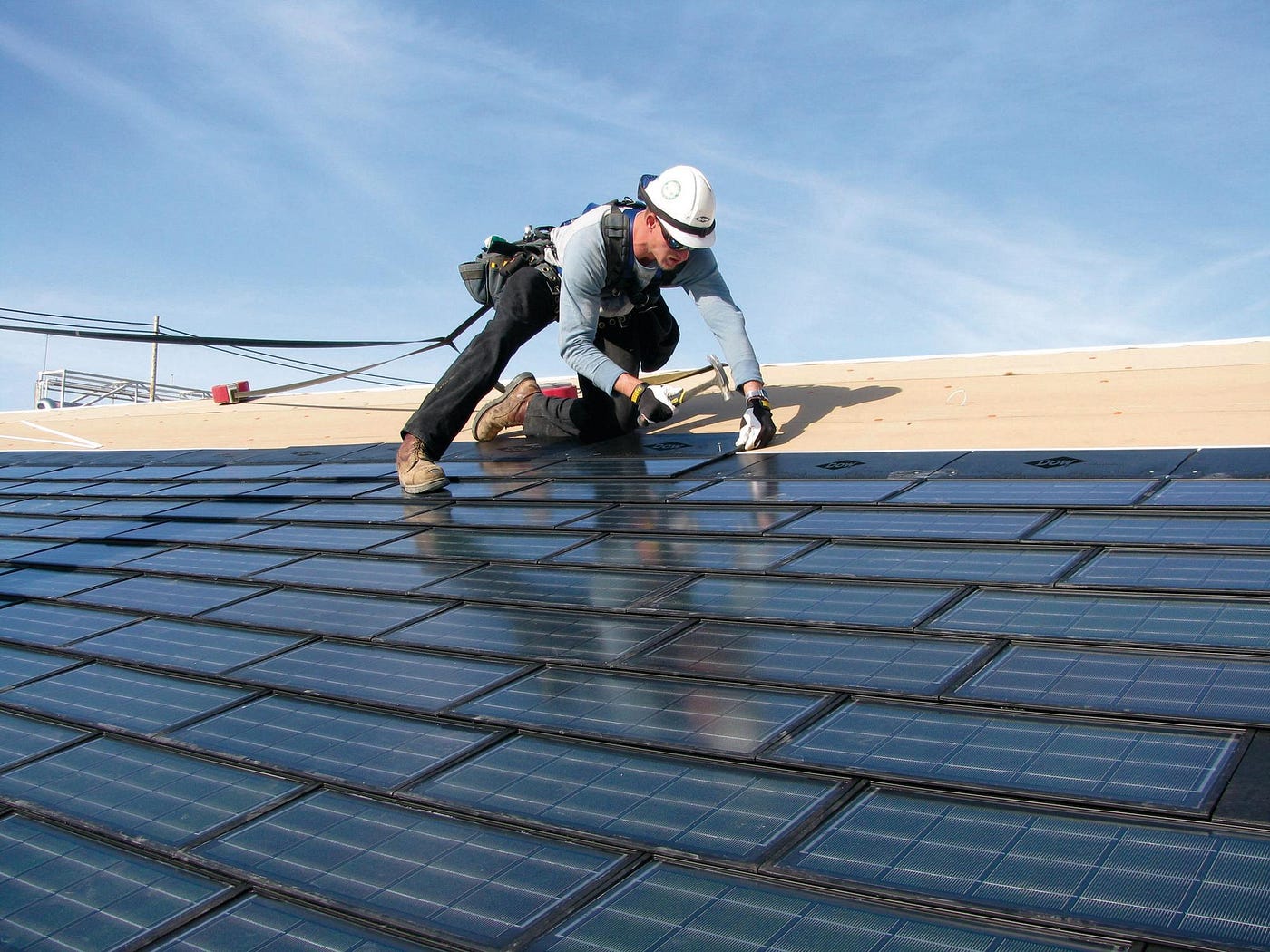
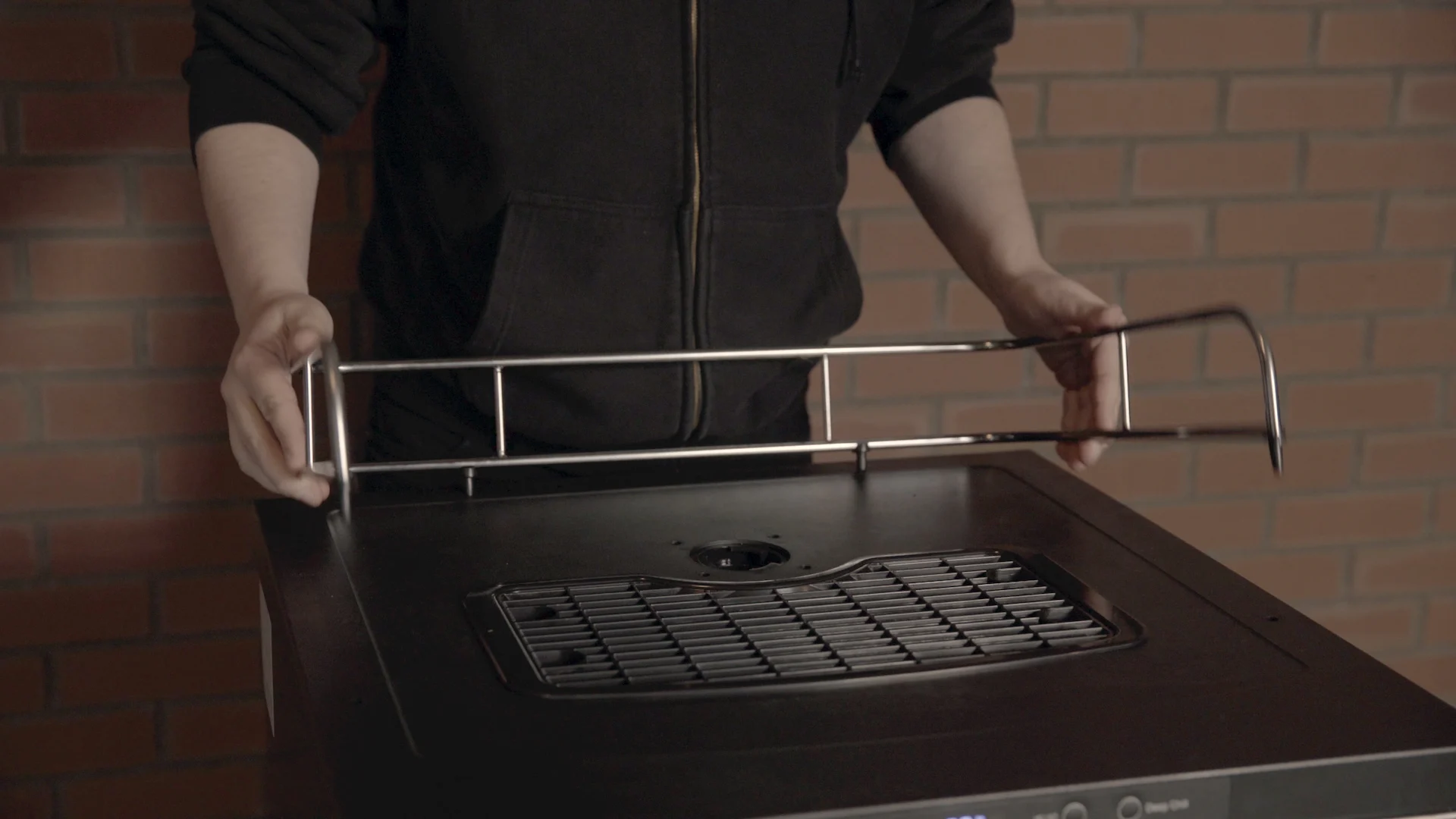
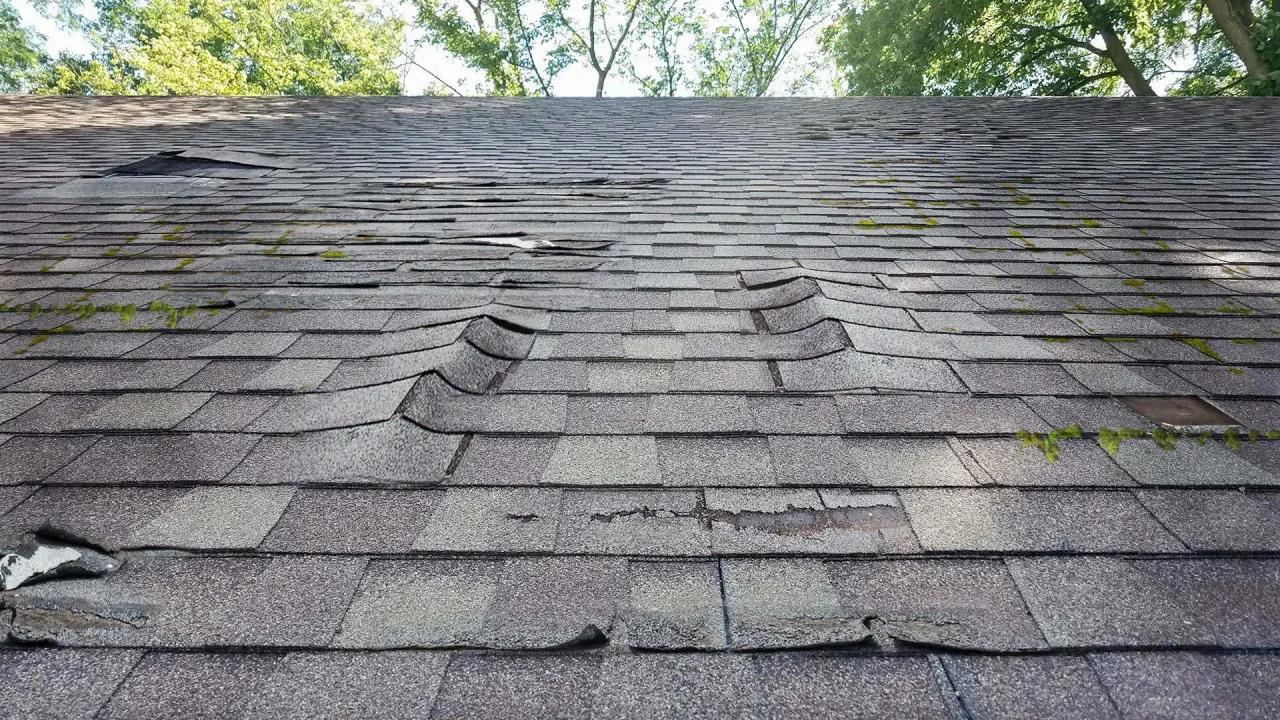
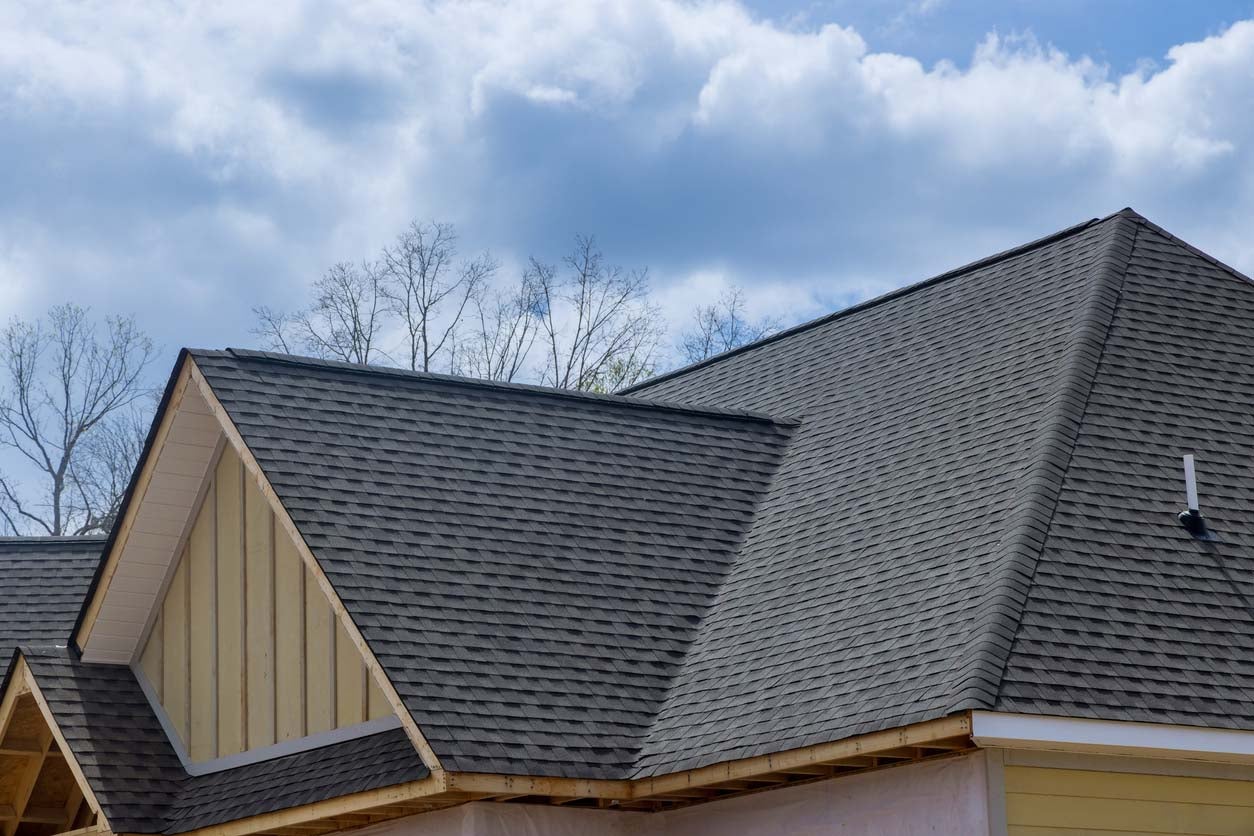
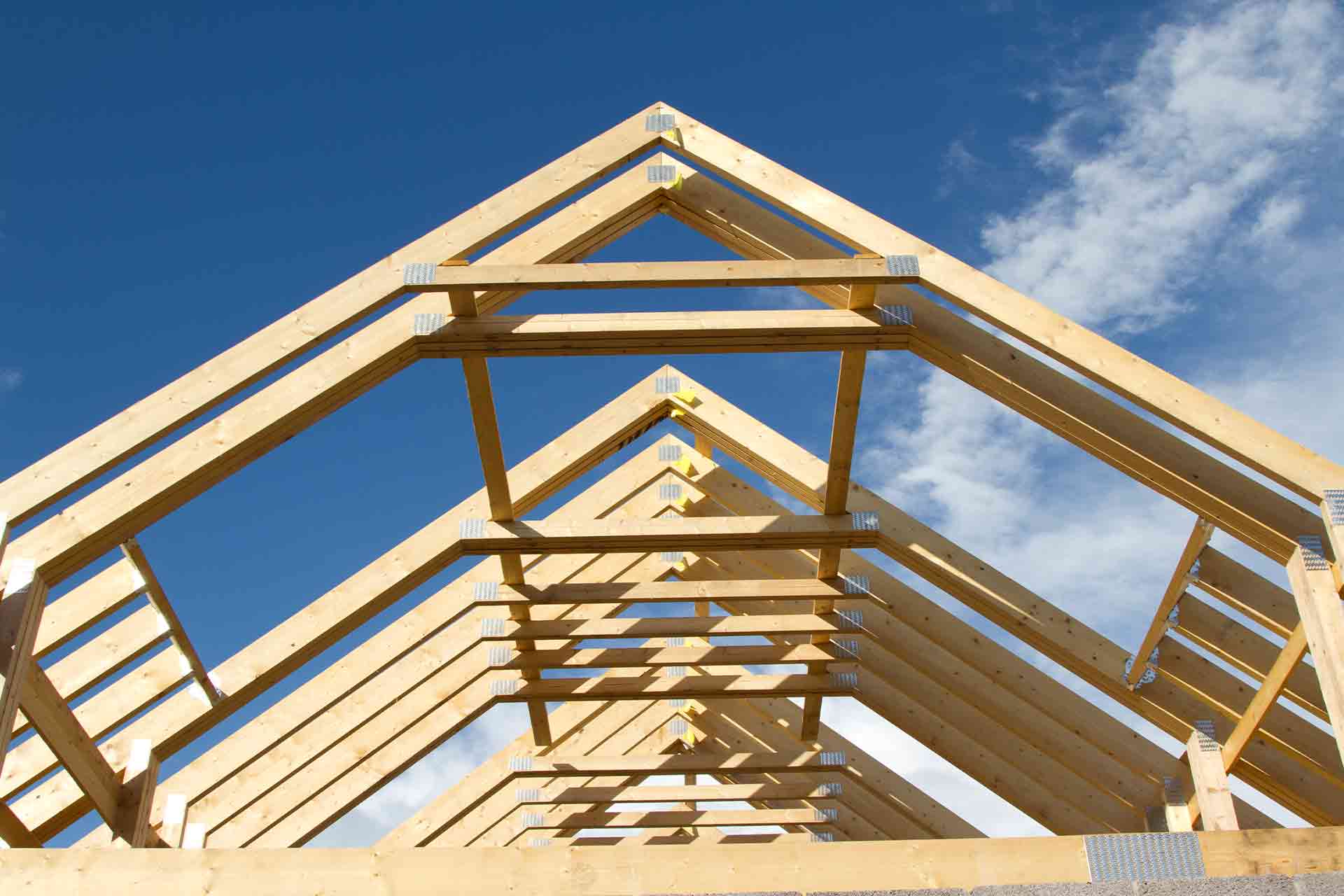

0 thoughts on “How Much Does A New Roof Save On Homeowners Insurance”